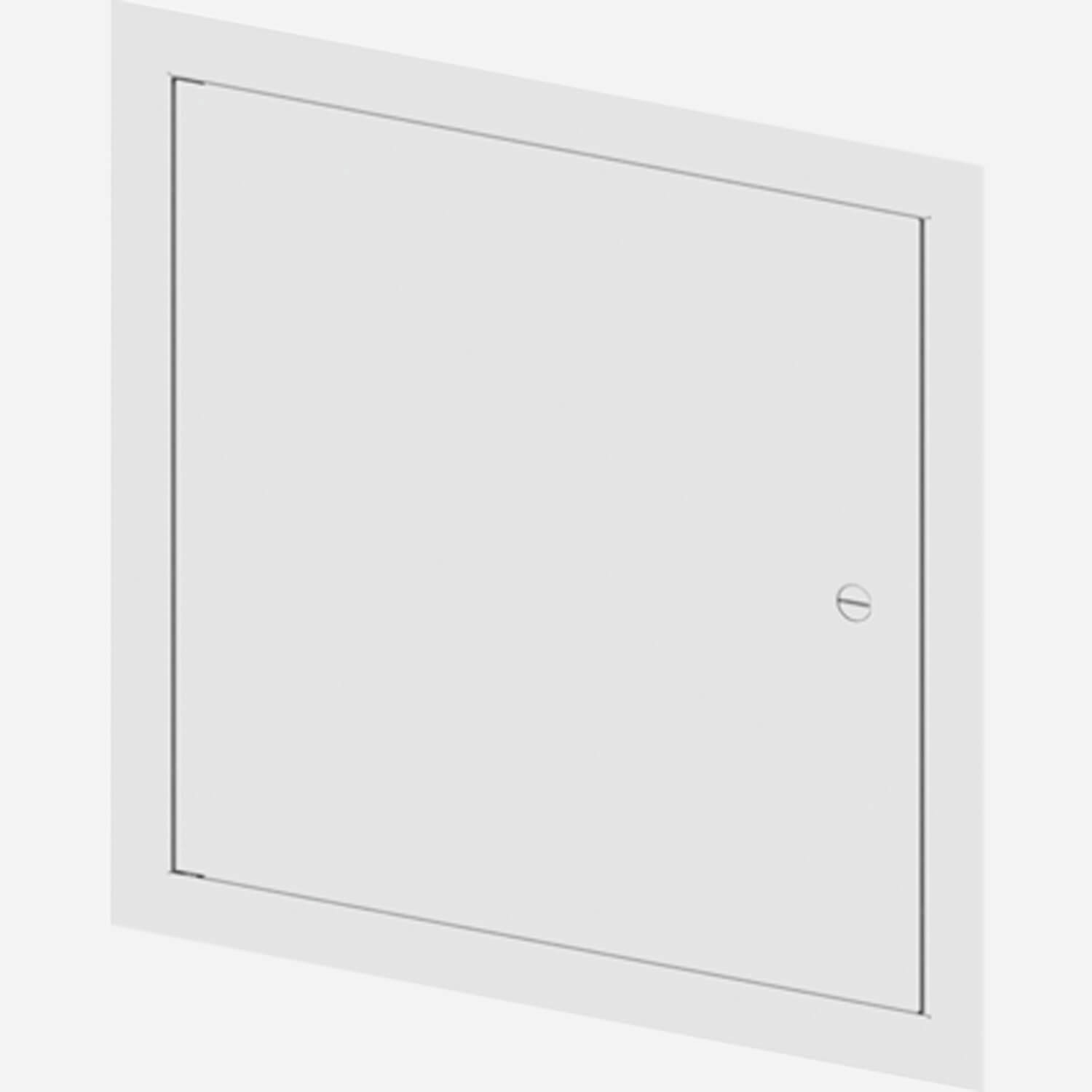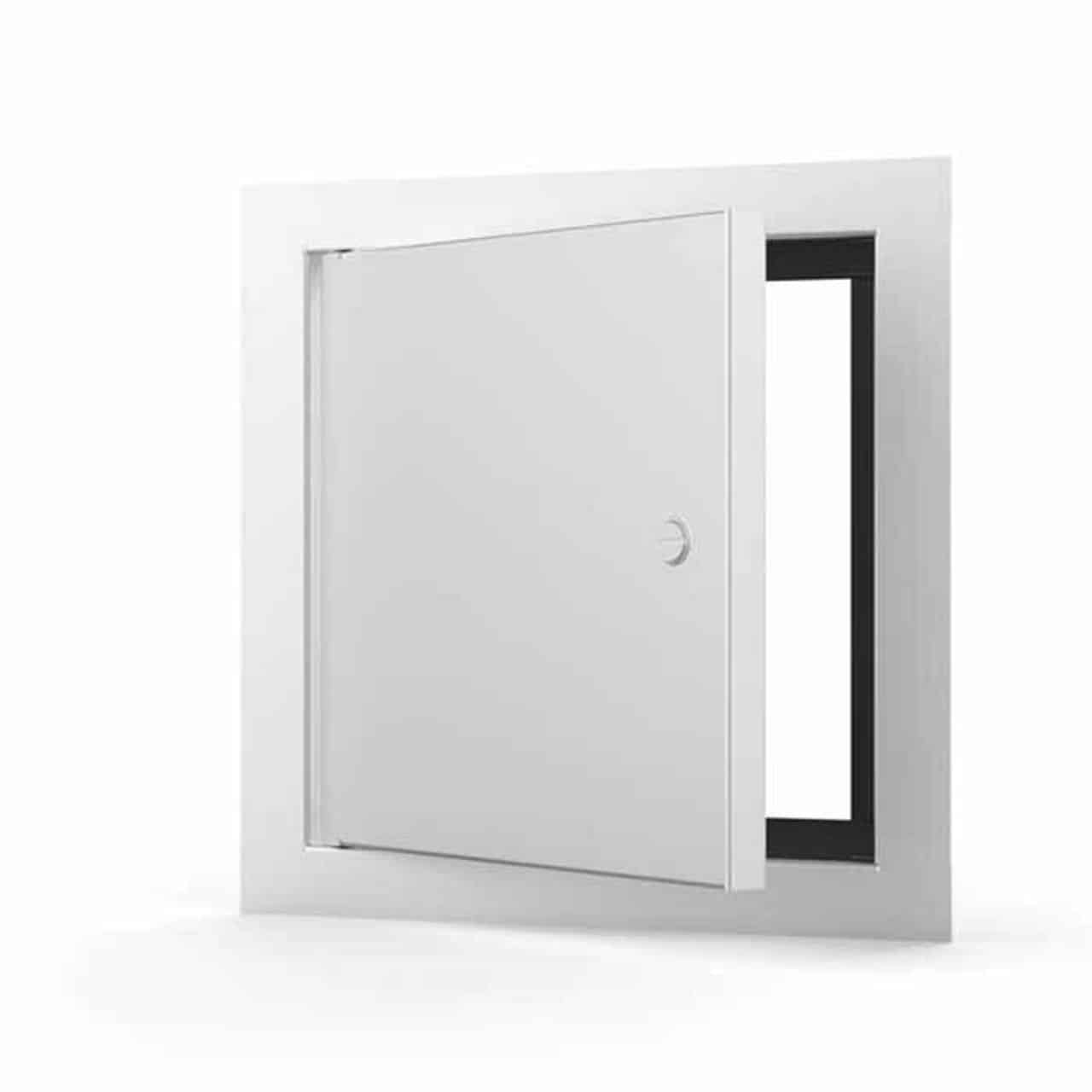Indoor comfort is essential, but achieving it isn’t always simple. Maintaining the right temperature, improving energy efficiency, and ensuring good air quality all play a role. One overlooked factor in this balance is how well a space is sealed.
That’s where gasketed access doors come in. These specially designed doors help reduce air leakage, keeping temperatures consistent and preventing unwanted drafts. They also contribute to better energy efficiency, lowering utility costs and a more sustainable setting.
Let’s explore how gasketed access doors improve indoor comfort and why they’re a smart investment for any space.
What Are Gasketed Access Doors?

Before exploring the benefits, let’s first understand what gasketed access doors are. These components include a sealing mechanism—typically a rubber or foam gasket—that helps prevent air leaks, moisture intrusion, and energy loss. They are often installed in walls, ceilings, and mechanical enclosures, providing easy access to plumbing, electrical, and HVAC components while helping maintain stable indoor conditions.
How Gasketed Access Doors Improve Interior Comfort
Reducing Air Leaks for Better Temperature Control
Uncontrolled air leakage can disrupt indoor comfort. When heated or cooled air slips through gaps, the HVAC system must work harder to sustain the desired temperature. A gasketed access door creates a tight seal, preventing energy waste and stabilizing indoor conditions year-round.
It prevents the HVAC system from working overtime, leading to even temperatures and low energy costs.
Enhancing Indoor Air Quality
Indoor air quality has a big impact on comfort. Dust settling in unexpected places, a stale atmosphere, or lingering allergens can make a space feel less fresh. Unsealed access doors allow airborne particles to slip through, affecting the air people breathe daily. Over time, this buildup can lead to allergies, respiratory discomfort, or an overall stuffy environment.
Gasketed access doors help prevent dust, allergens, and pollutants from entering, making a noticeable difference in air quality. This is especially helpful in:
- Residential Areas – Less dust and fewer allergens mean easier breathing and fresher living space.
- Offices and Commercial Buildings – Cleaner air creates a more comfortable workspace, helping everyone stay focused and at ease.
- Industrial Settings – In environments where air contamination is a concern, properly sealed access doors help maintain controlled conditions.
Preventing Moisture Damage and Mold Growth
Moisture is a sneaky problem affecting indoor comfort more than most people realize. When access points aren’t properly sealed, humidity can seep in, leading to condensation and, over time, mold growth. That musty smell in a damp basement or the signs of mildew around an HVAC system often start with excess moisture finding its way inside.
By limiting humidity fluctuations, gasketed access doors make it harder for mold to take hold. This is especially useful in areas like bathrooms, basements, and spaces near HVAC equipment, where damp conditions tend to be a bigger issue.
Ensuring Long-Lasting Durability

Comfort isn’t just about temperature or air quality—it can also depend on how well materials hold up over time. Many gasketed access doors are built to offer strength and reliability, reducing the need for frequent repairs or replacements.
They are often made from materials like steel for durability, aluminum for a lightweight, rust-resistant option, and galvanized coatings for extra protection against corrosion. These features may help prevent common issues such as warping, rust, or general wear, making them a practical choice in different environments.
Supporting HVAC Efficiency
Leaky access points can make it harder for an HVAC system to do its job. When air escapes through unsealed gaps, heating and cooling become less consistent, forcing the system to work harder to maintain the desired temperature. This can lead to uneven airflow, higher energy consumption, and unnecessary strain on the system, potentially shortening its lifespan.
Gasketed access doors help create a tighter seal, preventing unwanted air leakage and allowing HVAC systems to operate more effectively. A well-sealed space can improve temperature consistency, reduce drafts, and make rooms more comfortable. This can be especially noticeable in buildings with multiple access points, where even small leaks add up over time.
Improving Aesthetics
Functionality is important, but appearance also influences how a space feels. When a room looks cluttered or unfinished, it can affect the overall atmosphere, making it seem less inviting or well-maintained. Access doors play a role in this, and without a well-thought-out design, they can stand out in a way that disrupts the look of a space. In areas where a clean, polished, or professional appearance matters, gasketed access doors offer a more seamless solution.
Many are designed with aesthetics in focus, featuring sleek, low-profile finishes that blend smoothly into walls or ceilings. Flush surfaces, clean lines, and paintable options make it easier to match surrounding materials, helping maintain a cohesive look rather than drawing attention to the door itself.
To Sum Up
From homes and offices to industrial settings, gasketed access doors provide a more comfortable and efficient indoor environment. Their ability to reduce energy waste, support HVAC performance, and improve air quality makes them a smart addition to any space looking for better control over indoor conditions.

